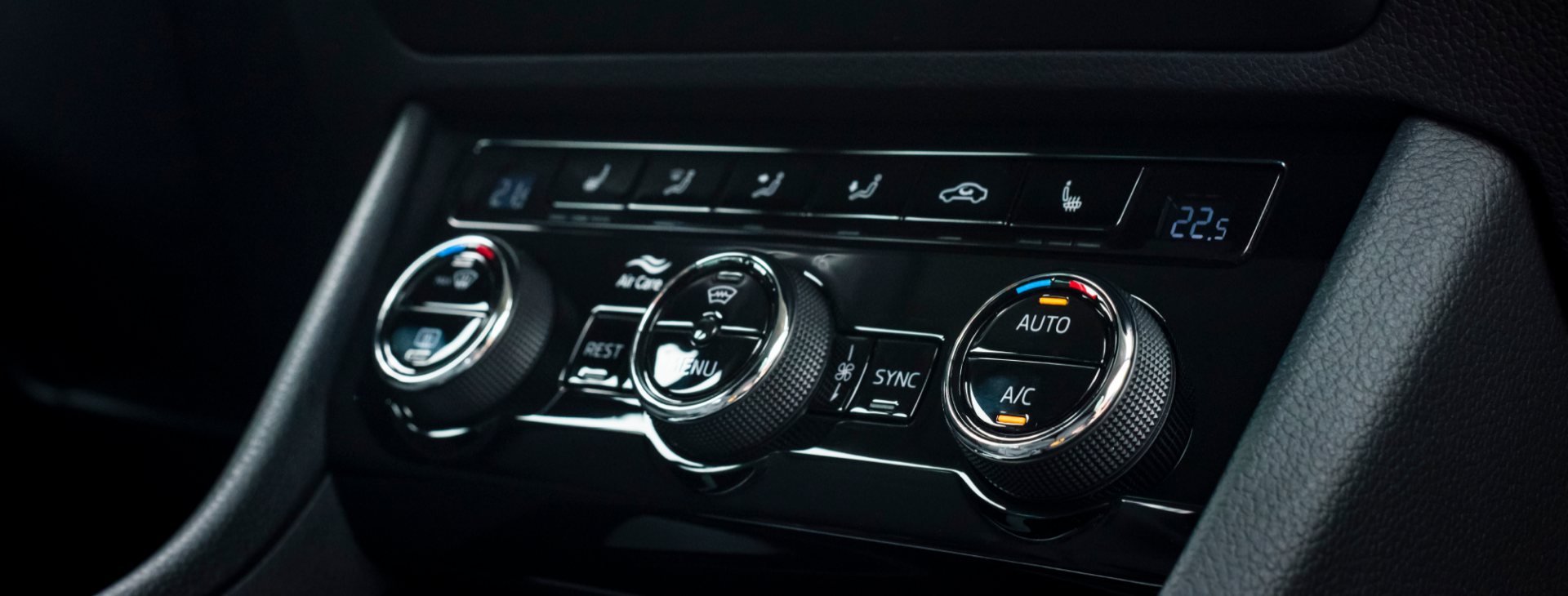As modern automatic air-conditioning systems use only the necessary amount of cooling capacity, any negative health impacts come so much from the equipment itself as from its misuse. In fact, when it’s hot outside, cooling in the car is beneficial. It has been proven that the driver is more concentrated and, for instance, there is no risk that the kids will become too hot if you get stuck in a tailback. Modern cabin filters combined with the possibility of using air recirculation as often as possible with the climate control make for a cleaner environment in the car, helping not only allergy sufferers, but everyone in, for example, polluted cities. Allergy sufferers and susceptible people also benefit from the new Climatronic Air Care system, which uses a special cabin filter and air quality sensor to filter out pollen and activate air recirculation if the air is heavily polluted and, for instance, to block out overpowering screenwash smells.
“If you want to be sure you’re making the most beneficial use of the air-conditioning, your best bet is to keep to a temperature of around 22 °C. When it’s really hot, perhaps go for an even higher temperature so that there are no shocks to the body caused by the big difference in temperature when you get out of the car,” recommends Jan Hrnčíř.












